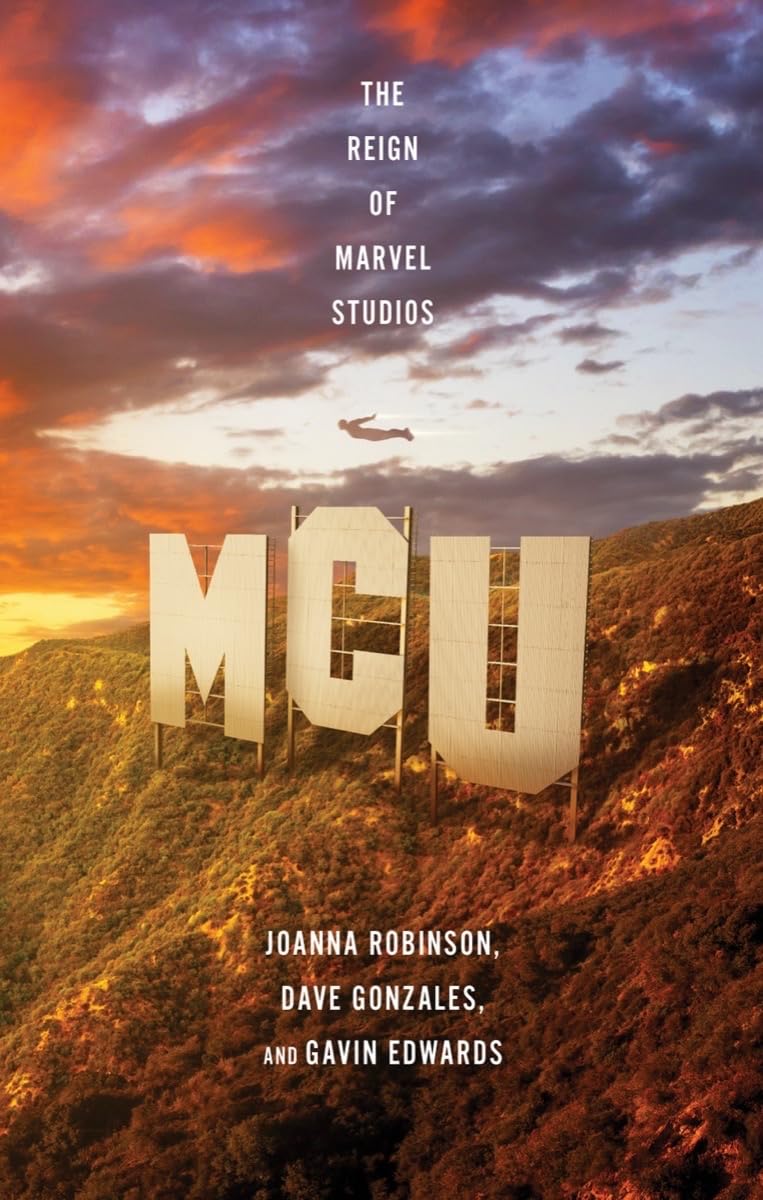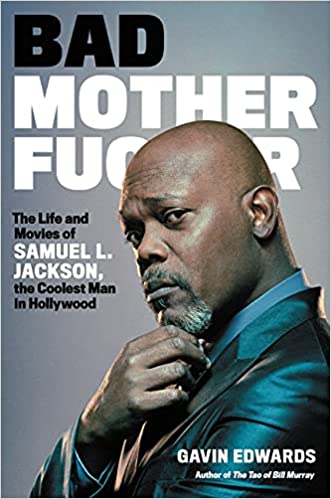Beck on Odelay
“I thought Odelay might be the last time I got a chance to make a record,” Beck says of his 1996 album (either his second or his fourth, depending on how you count). “I was acutely aware that I was thought of as a one-hit wonder. And I had all kinds of people telling me that it was no good, not to put it out. Before it came out, nobody who heard it was saying ‘This is fucking great.’ I really thought it might be a last hurrah.”
Almost twelve years later, the double-platinum Odelay is the definitive Beck album, full of funk, noise, and sliced-up jokes. It’s now receiving the deluxe reissue treatment, with an edition that collects 22 bonus tracks: outtakes, remixes, B-sides. To discuss it, Beck invited us to visit him in the Hollywood studio where he’s quickly recording a new album with a producer he doesn’t want to reveal yet. “We’re not going to get side-tracked,” he says. “This one might be coming out sooner than people would think–definitely this year.”
With long, slightly unkempt hair and a T-shirt emblazoned with a picture of Joseph Beuys (the late German artist), Beck looks like he’s hunkered down for some serious studio time. Today, his studio is a modern facility with expensive blonde wood; back in 1995, it was the smallest room in the Silver Lake house of the Dust Brothers (Mike Simpson and John King), the production team behind the Beastie Boys’ Paul’s Boutique.
“It was tiny,” Beck says. “And one wall, floor to ceiling, was all records.” Although the multi-instrumental Beck emphasizes that “a lot of Odelay was played, not sampled,” many of those albums were called into service, ranging from Them’s version of “It’s All Over Now, Baby Blue” (the organ part became the backbone of “Jack-Ass”) to a sex-ed album called Sex For Teens (Where It’s At), which provided the funniest bits of the single “Where It’s At.”
The reason they had so much time to listen to records? The trio were using an early version of Pro Tools: after every take, the computer typically required half an hour to compile the data. “John’s grandmother had given him some of her old furniture,” Beck remembers. “There was this old stuffed chair with the spring coming out of it. I remember sitting there for hours, just staring at that computer screen, waiting for something to back up. And the Pro Tools was so primitive, a lot of times the takes would be lost, so we would just be praying we wouldn’t have to start over.”
Technology aside, Beck says he doesn’t feel like much time has passed since Odelay. “When I go back to it, not a lot feels different. I’m into the same things, you know what I mean?”
Odelay Track Guide
“Ramshackle”
The last track on Odelay was an acoustic song salvaged from a different set of sessions. “It was a whole record’s worth of stuff, somewhere between Big Star and Pavement, Nirvana, whatever was out then. It was a lot different.” That album was almost complete before Beck first hooked up with the Dust Brothers. “It was very informal. I just showed up one day with the slide guitar and a couple of harmonicas, and we started working.”
“High 5 (Rock the Catskills)”
Possibly the densest sonic collage on Odelay, even including a taste of Schubert’s “Unfinished” Symphony. “I had all these Moog synthesizers. The only people using them were Stereolab and a couple of indie bands, so you could go to pawn shops and get them for sixty bucks. I had a pile of them and I’d bring one in and use it until it broke, and then go get another one. There’s a lot of that in there. We spent at least three weeks on ‘High 5.’ I remember people hearing it and they were a little bit confused.”
“.000.000”
A Sabbath-style freak-out groove with heavily distorted vocals, originally a B-side to “Devils Haircut”– recorded at the Beastie Boys’ studio. “It had a big skate ramp in it,” Beck recalls. He isn’t sure how one would pronounce the song’s title, and can’t even decipher the words anymore. “There were definitely lyrics and they were very meaningful. I think.”
“Novacane”
An Odelay track that blended metal guitars with ’70s blasts of brass. “We needed to subvert the aggro posturing, so we put in disco horns,” Beck says. But the lyrical inspiration came from video director Spike Jonze. “Spike and I talked about doing a video together for ten years before we actually ever did one. One of our first conversations was about the movie Convoy–he was obsessed with it. He wanted to do a video where I was in a convoy, so I wrote all this truckers-going-into-oblivion imagery.”
“Lemonade”
A foreign “New Pollution” B-side, this song demonstrates Beck’s split musical personality more obviously than usual, alternating noisy thrash sections with gentle acoustic strumming. “On the Mellow Gold tour, I was in Minneapolis and we had a day off. We asked if there was a studio around and went in, and I think we recorded ten songs in seven hours. I think those tapes are lost.”
“Devils Haircut”
The leadoff track on Odelay. The recording of the album was split in half by Beck going on the 1995 Lollapalooza tour. “Somehow I got talked into it by Thurston Moore. So we had this weird summer vacation. Everything we did before was very complex–we would spend weeks on each track. And then when I came back, we did a bunch of songs really quick in two weeks. We did ‘Devils Haircut’ and ‘New Pollution’ back-to-back in two days.”
“The New Pollution”
The third single from Odelay, with some of its most inscrutable lyrics, such as “she’s got a cigarette on each arm.” “A lot of those things just folded out,” Beck says. “A lot of these tracks we made the music really quick, and there would be an atmosphere to it, and then lyrically, I would try to convey the pictures that it gave me.” For that line, he was trying to evoke the ’60s glamour of femme fatales from Nico to Brigitte Bardot. “Most of the vocals on the record were scratch vocals and a lot of the lyrics were place-holders,” Beck adds. “We just grew attached to them. When you hear me singing a lot of the songs, the melody is in my head and the lyrics are there on the paper, but I’ve never actually done it before. So it’s slightly awkward, but it’s also something special.”
“Burro”
This B-side to “Jack-Ass” was a Spanish translation of the song, rerecorded with a mariachi band from a Los Angeles Mexican restaurant. “I tried to sing it straight, but I got carried away. There’s something about a mariachi band that’s heroic, and I had to muster that heroic quality. But I think I ended up sounding more like Mario Lanza.”
“Brother”
Originally released as a “Jack-Ass” B-side, this beautiful, mournful acoustic ballad features lyrics such as “When I die, will you be my neighbor?” “Yeah, that was kind of a heavy one,” acknowledges Beck. “I had a few people around that time who passed away, and one of them was really sudden. It was a friend of mine, he had just come out and visited me on tour.”
“Where It’s At”
The first single from Odelay, of “two turntables and a microphone” fame. “I came up with that little riff on the Wurlitzer organ, and said I gotta remember this. I remember I came in with the riff and said ‘We should try to find this kind of beat.’ You know, the reason we used beats… there are some live drums on Odelay, but we didn’t really have the means to record drums, and at the time, drums were recorded in a particular style that I just didn’t care for: boomy, kind of ringy. The Dust Brothers were like-minded. We were drawn to the way drums had been recorded in the ’60s and early ’70s: sort of a heavy, dry, thick, soulful sound.”
“Devil Got My Woman”
A cover of the Skip James blues classic, released as a “Jack-Ass” B-side. “I was in Memphis, playing a festival, opening for Bob Dylan, which was a huge thing for me at the time. We had gone to Sun Studios for lunch, they had a little sandwich place there. We asked if they had equipment set up, and they said yeah, so we came late that night, like 11 at night, and just stayed all night. These kids showed up and asked if they could play with me, this drummer and a bass player, and it turned out to be [legendary producer] Jim Dickinson’s kids. At the end of the night, I did some country and blues covers, in honor of where we were.”
“Gold Chains”
A previously unreleased track produced by the Dust Brothers, featuring the chorus “I’m going back home with my gold chains swinging.” “We went back and mixed that. It was never a serious album contender–we were just fucking around one day.”
“Deadweight”
A lilting Dust Brothers collaboration, found on the soundtrack to A Life Less Ordinary. Beck had originally intended to record a followup record with the Dust Brothers, but they didn’t reconvene until 2005’s Guero. “We did that one song during the three days I was home from the Odelay tour, and to me, it represents an album that was never made. A lot of things came out that sounded Odelay-ish… that’s not a word. It just seemed redundant to explore that world, although now I think I should have had a little more faith in what we were doing.”
By Gavin Edwards. Originally published (in a significantly shorter version) in Rolling Stone 1046 (February 21, 2008).


